curated by Isabella Carini and Virginia Carolfi
Language is one of the most extraordinary human characteristics. We have always been fascinated by how words can encompass infinite images and meanings, cultures and entire universes.
We have always been fascinated by the mutability of human language: the many languages and dialects spoken in the world, and the barriers they pose, remind us of the delicate task of translators, builders of bridges between languages, and make us wonder why there are so many languages. A fascinating answer comes from the myth of the Tower of Babel which tells of a time when all men spoke one language and, by the collective power of this common language, they could join their efforts and build a tower to reach heaven, so high that it frightened and angered God. So it was God who punished men for their audacity, depriving them of their common language and giving them thousands of different languages.
The title of this focus dedicated to human language is After Babel, in homage to the myth but also to the work of George Steiner, in which we find another fascinating hypothesis about the origin of languages: linguistic diversity may have arisen from human will, from the deep human desire for secrecy and territory. And it is precisely on the human aspects of language and languages that these short films focus on: as Denis Villeneuve’s Arrival (2016) seems to suggest, language affects every aspect of our life, both on a physical and intellectual level, maybe even our perception.
This is the fil rouge of this focus, woven in different ways in each short film: the loneliness derived from language barriers, forgotten languages, languages to be preserved, family lexicons, the cognitive aspect of language and its most unusual or grotesque outcomes, and, finally, how the languages we live in affect our own identity.
The selected shorts
selected by Isabella Carini and Virginia Carolfi
A Woman like me, Isabel Lilia Morales Bondy, USA, 2017,
Agua viva, Alexa Lim Haas, USA, 2018
Can you read my lips?, David Terry Fine, USA, 2015
Chuchotage, Barnabás Tóth, Ungheria, 2018
Legacy, Daniel Kazankov, Slovacchia, 2019
Marie’s Dictionary, Emmanuel Vaughan-Lee, USA, 2015
Putting on the dish, Karl Eccleston & Brian Fairbairn, UK, 2015
Shn(y)oof, Sam Davis & Rayka Zehtabchi, USA, 2019
The silent child, Chris Overton, UK, 2017
A WOMAN LIKE ME – as seen by Virginia Carolfi
This very dense short can be read on two levels. The first one is the story we are told: Dorte, a deaf-blind woman from Denmark, travels to Nepal to meet Budhi, a woman who lives in the same conditions of deaf-blindness. The second one, a much more complex level, is a reflection on these “same conditions”: Dorte has encountered a thousand difficulties in her life but has also had access to education, art, culture, the internet, media. As she tells in the film, Budhi has not had the same luck: no one has taught her how to read or write, she cannot use the Internet to inform or entertain herself, nor to discover something new. But does Budhi feel about it? In the last frame, she appears happy, peaceful, surrounded by grandchildren, leaving us with a doubt (and reminding us that luck in Latin is a vox media, a term that has no positive or negative meaning in itself): which of the two women is really lucky? And with touching hands, with exchanged sounds, two worlds come into contact, however, the bridge that connects them is dizzying and fragile.
AGUA VIVA – as seen by Virginia Carolfi
Agua viva is an animation as light as a summer jellyfish, which, in only 6 minutes, covers so many themes that you could write an article on each of them. Mei Mei is a Chinese aesthetician who finds herself thrown into the U.S., into one of those countless low-budget beauty centers that are easily found in Italy as well. Her work results in direct, very intimate, contact with people (manicure, bikini and upper lip waxing, and other amenities). However, this closeness is purely physical: the language barrier, the isolation, the long hours of repetitive work make any real human interaction impossible and it is Mei Mei herself who turns on the fan to have a background noise loud enough to discourage dialogue. Still, in this story there is neither anger nor irritation, the watercolor animation colors rather take us into a fluid dimension, where Mei Mei’s simple words – which could be those of an Instagram story or a post – intertwine with her more complex thoughts and float, like an enigma, towards us.
CAN YOU READ MY LIPS? – as seen by Isabella Carini
How does it feel to live in a world where everything is designed by and for hearing people, having to grasp, with one’s sight, information that is meant to be heard? Rachel Kolb and David Terry Fine offer an immersive taste of the experience of deaf people in a hearing world. And while sign language opens the door to a different world, with a rich and complex culture, the protagonist affirms her desire to belong to both. A sharp and colourful film about the border between these two worlds.
CHUCHOTAGE – as seen by Isabella Carini
In Prague, two Hungarian interpreters liven up a boring conference on energy efficiency when they begin to challenge each other to get out of the shadows to which they are confined by their profession. A lively comedy about an often forgotten figure: the interpreter, builder of bridges between languages and cultures, a guide through the modern maze of languages, but whose destiny is to remain invisible. What if one day he were to take the floor?
LEGACY – as seen by Isabella Carini
Igor is a Russian man in Slovakia. He lives alone with his dog Saša. Before dying, he tries to deliver his last will, but he won’t meet anyone willing to accept his message, let alone his language. A polyphonic and bitter short film, in which two languages, Russian and Slovak, intertwine without ever creating a real dialogue, but rather tracing an impassable border between two cultures, the result of ancient wounds and contradictions dating back to the period of the USSR.
MARIE’S DICTIONARY – as seen by Virginia Carolfi
Marie Wilcox is the last Wukchumni native speaker, the last person able to speak this language that belongs to the Wukchumni tribe of central California, which is part of a larger native group called Yokuts. It is with astonishing simplicity that Marie narrates her “great undertaking”, the making of a dictionary (the first lemmas she wrote on the back of envelopes and letters) that became the symbol of a cultural identity that is almost vanished and lost. As those who have seen The Pearl Button surely remember, a language is not only lemmas, phonemes, and grammar, it is identity and dignity, a foothold in front of the sense of loss that – alas – awaits the contemporary human being around the corner. Today, the Wukchumni are no more than 200, but little by little, thanks to Marie’s dictionary, they are rediscovering their language and the dialogue with a past that becomes the key to live consciously in the present.
PUTTING ON THE DISH – as seen by Isabella Carini
Two men share a bench in a park. From a cryptic joke, a frantic tide of gossip is unleashed, with an unexpected ending. An essential black and white film, with no music, in which the main character is Polari, the secret language of the British queer community, spoken when homosexuality was still considered a crime. Brian Fairbairn and Karl Eccleston evoke an atmosphere where suspicion dominates, far from the usual narrative on 1960s London: here, the joyful transgressions of Swinging London are only found in the accounts of events which take place behind closed doors and come to life through spicy dialogue in an obscure, lost language.
SHN(Y)OOF – as seen by Virginia Carolfi
SPOILER ALERT!
If you have loved Ginzburg’s Family Sayings, you will surely be moved by the tenderness of Shn(y)oof, a small jewel that takes us into the lives of Tonya and Bill, a middle-aged couple who slowly, over the years, has created a unique language that only they can understand, a code that brings them together but also separates them from the real world. So beautiful… too bad it is fake. It is a mockumentary perfectly shot by Sam Davis and Rayka Zehtabchi. After the first moment of understandable irritation, we have to appreciate the idea and the masterful realization of this project, especially if we consider the story of Zehtabchi, whose family emigrated to the USA from Iran in the 90s, an event that unarguably contributed to the director’s sensitivity to language and its importance in a domestic-family context in dialectical opposition to what is outside.
THE SILENT CHILD – as seen by Isabella Carini
Libby is a little girl living in a silent world, while her family lives in a world of sounds. Joanne, a sign language educator, will introduce her to Sign Language and will help her discover the joy of interacting with others. The film, awarded with the Oscar in 2018, shows the journey of a family as they learn to live with deafness, and aims to raise awareness about the importance of inclusion through specific tools: deaf people can’t hear, but they can do everything else.

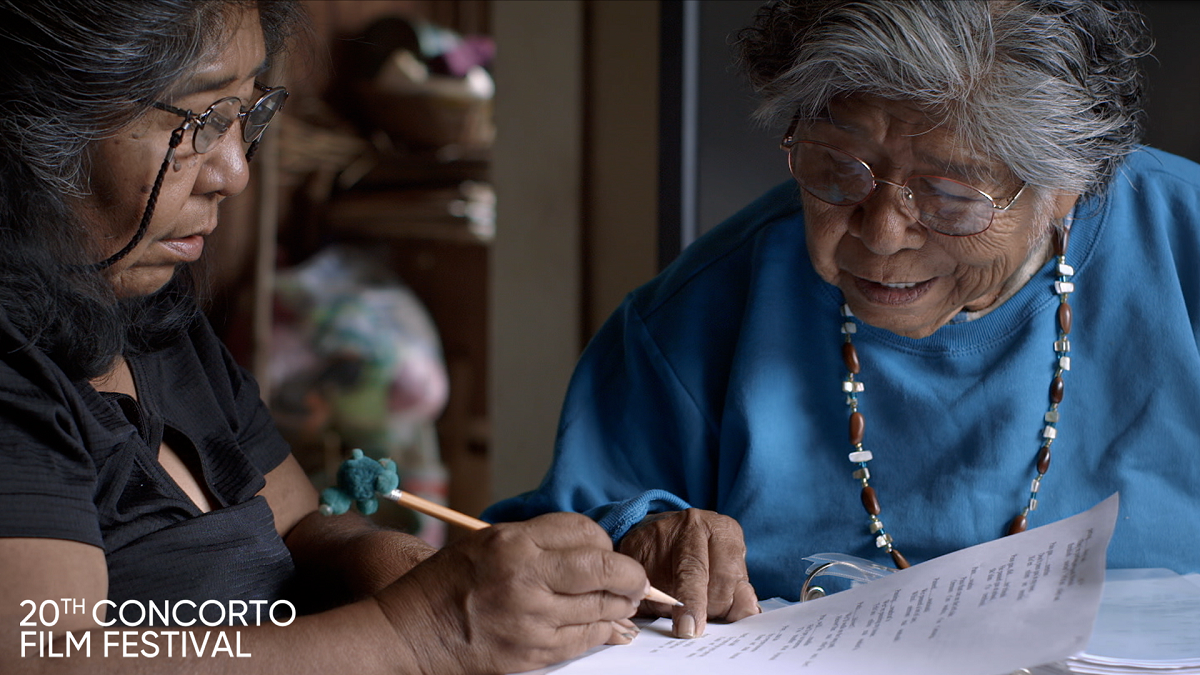



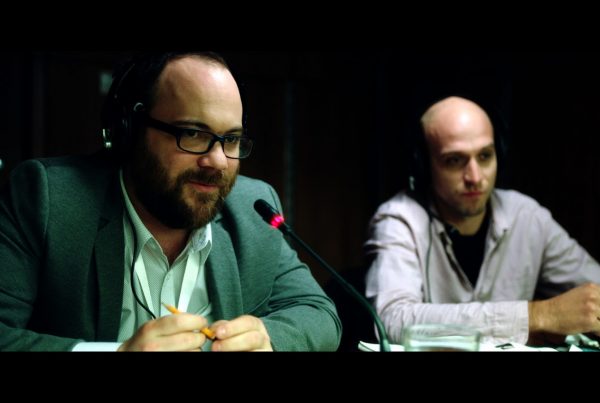
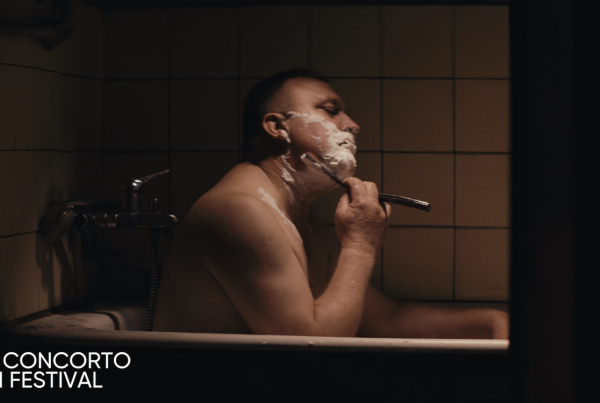
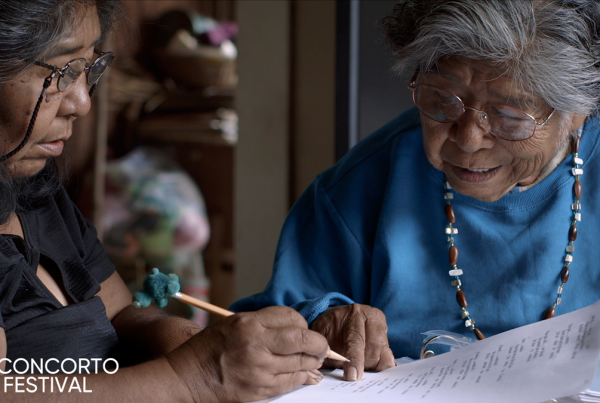

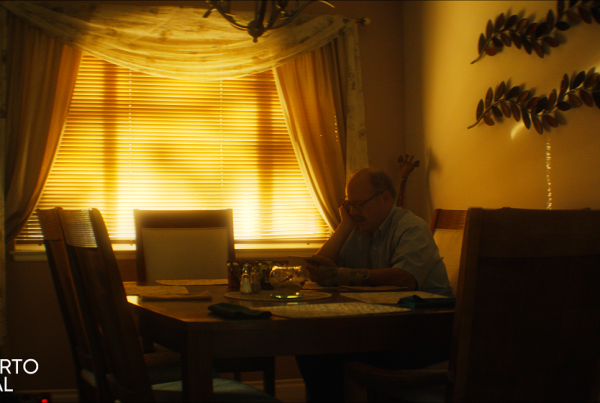
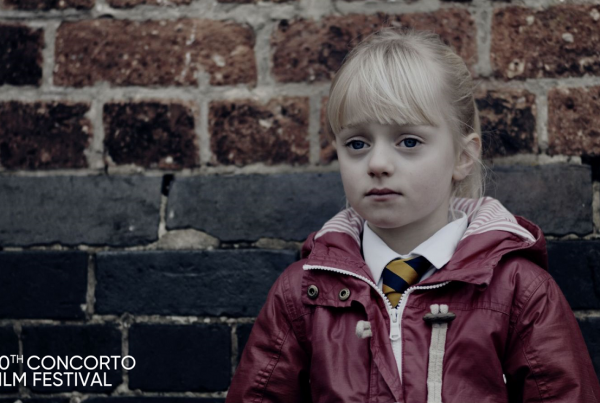
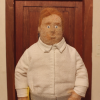
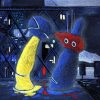




Commenti recenti